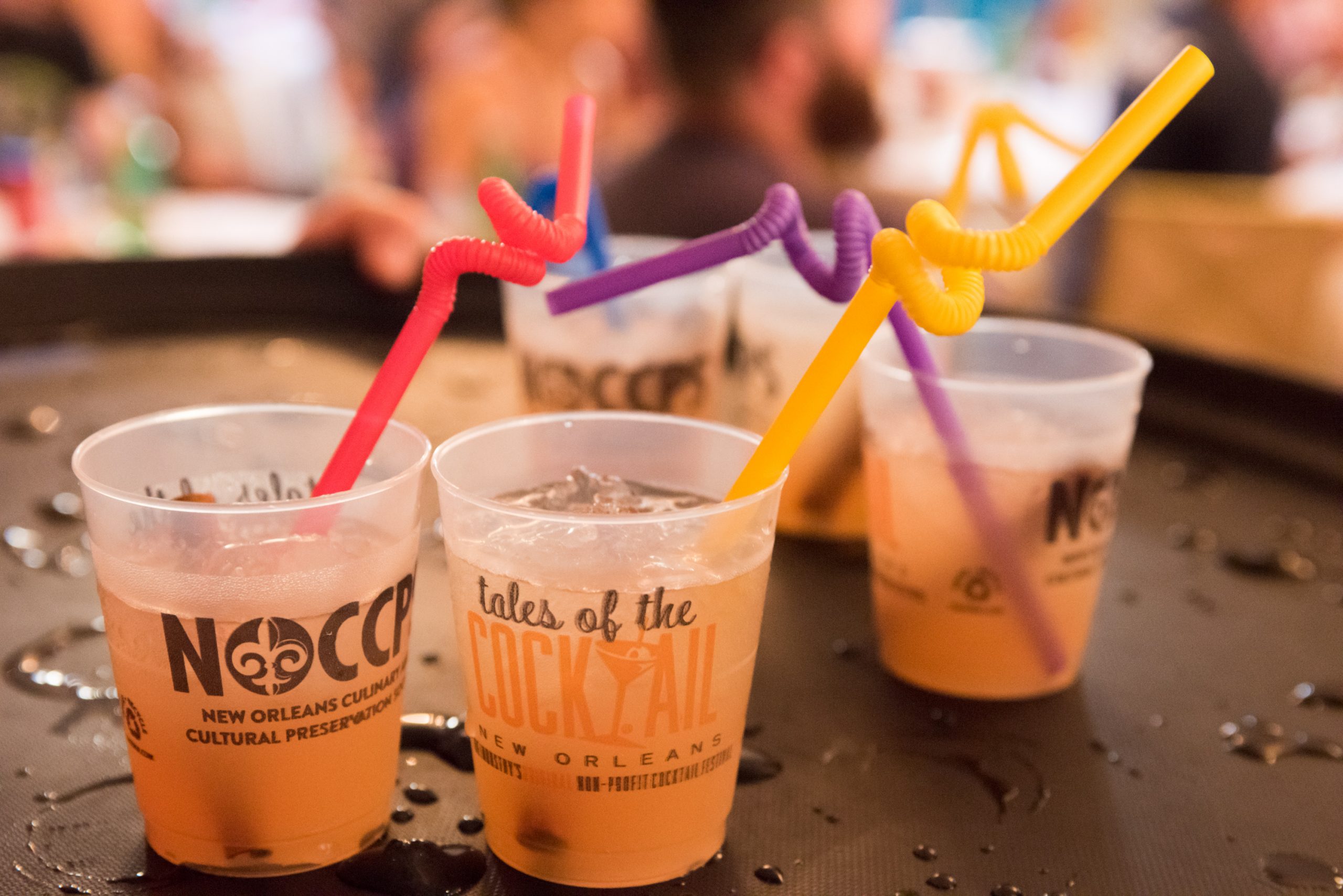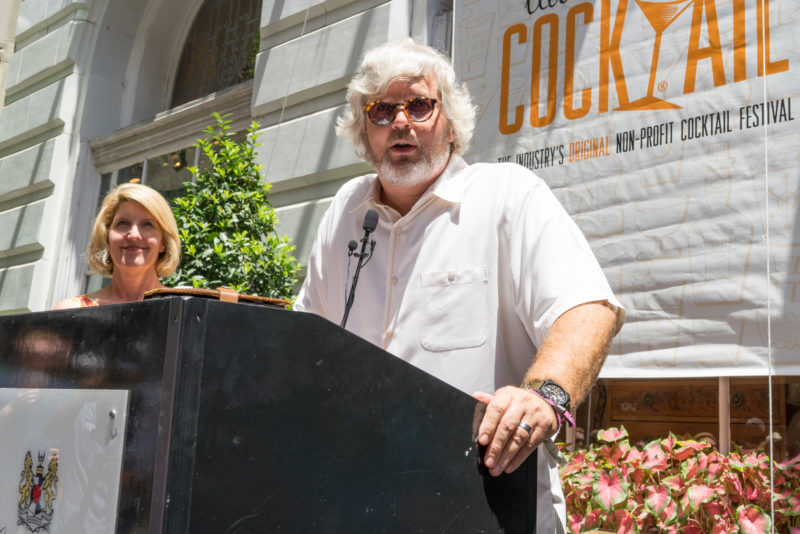


(Photos courtesy of Jennifer Mitchell Photography.)
The most respected bartenders from across the country will often take some of their precious time off to make the pilgrimage to New Orleans whenever the opportunity arises to take part in the festivities there. Bartenders who are recognized at Tales of the Cocktail are also often held with the utmost admiration within the industry.
This wasn’t always the case, though. In an exclusive three-part interview, BevSpot had the chance to chat with Paul Tuennerman, or, as some like to call him, Mr. Cocktail. One of the co-founders and driving forces behind the success of Tales, Paul recounts to us the history of the festival and its journey forward.
In the first part of our interview, we cover the origins of Tales of the Cocktail and some of its early challenges.

BevSpot:
How did the idea for Tales of the Cocktail come about?
Paul:
It all started with Ann. She had never tended a bar and was never remotely associated with the hospitality industry. She worked in television and radio, specifically in advertising. But Ann has a tremendous love and appreciation for New Orleans. In 2002, she felt like people needed a walking tour of New Orleans’ historic bars and restaurants.
At that time, there wasn’t really anything there that celebrated the history of New Orleans in that industry. So, with another gentleman, Ann curated the walking tour. In 2003, as all good marketing people will do, she put together a media event to celebrate the first anniversary.
Social media wasn’t very prominent back then, so Ann had to do most of the legwork herself. She managed to convince those who are now some of the forefathers of the [modern] classic cocktail to show up: People like Dale DeGroff, Jared Brown and Anastasia Miller, who I sort of blame for this modern classic cocktail resurgence.
It was really just a cocktail hour in the backroom of Hotel Monteleone—just about 50 people. She had an opening event and a closing event. Everyone had such a good time, so Ann thought we can do this again next year. In 2004 and 2005, she added a couple of spirited dinners and one or two seminars.
Who financed Tales back then?
Up until that point, Ann had a sole sponsor for Tales. In 2005, the week after Tales, Katrina hit. I don’t really have to explain that. She evacuated to New York and then came back to New Orleans in December. She went right back at it and tried to keep Tales alive while working at an agency.
I met her in January of 2006. Very early on in our relationship, she found out that her sponsor wasn’t paying their bills. I lent her some money in return for showing me her contract with them. We found out that the sponsor had violated the contract and, through arbitration, we settled. Thankfully, what we got out of it was the rights for the event. They thought that no one would go back to New Orleans after Katrina, and that it was finished.
So, we ended up having to refocus how we did business. We went from a single-sponsor model to trying to find anyone who would give us a nickel. We took out two lines of credit and we maxed every credit card we owned. And, in 2006, it was a successful year for the event. We had about 2,000 attendees and the industry really showed up to support us. Since then, we’ve just grown in scope and size year over year.
Why do you feel like the cocktailing community came around you in your time of need?
When you look back, I don’t think you can ever really nail it down to one certain thing. I will tell you a couple things that contributed to our success. Firstly, I’ve always said that this is the industry’s event, and we just facilitate it. We have always had committees of people from the industry who select seminars and cocktail apprentices and work very closely with the event.
We also do a tremendous amount of focus groups. Ann and I will travel and sit down with groups of folks from the industry—media, bartenders and suppliers—and just get their feedback to use moving forward.
In 2006, we had what was called “The Playbook.” It was a giant binder that outlined what we were doing at the event. What we do every year is throw that binder away and start over; we basically start from scratch every year. It’s always fresh content, so it never goes old. Ann and I have always been willing to look at everything. We never say no. People come to us with seemingly crazy ideas, but we look at them.
What were the main challenges you faced as you built that base within the community?
There were a bunch of challenges. Every day there’s a challenge with money. Ann and I subsidized the event ourselves through 2008. It took us another three years to break even. So, we were working on a shoestring budget.
The industry is also very diverse. You have a lot of people specializing in different areas; you have a bunch of people who are very loud but represent a small minority. It’s about filtering through all of that and getting down to focusing on what’s important to your critical mass. It’s about sticking to your mission values. We’re not a five-day bar crawl. We’re not a trade show. We’re not a circus. We’re a networking and educational event.
Subscribe to the BevSpot Blog below to see the next two parts of this interview series, where we talk to Paul about how Tales of the Cocktail has grown and expanded over the years as well as how he sees the festival growing in the future.

